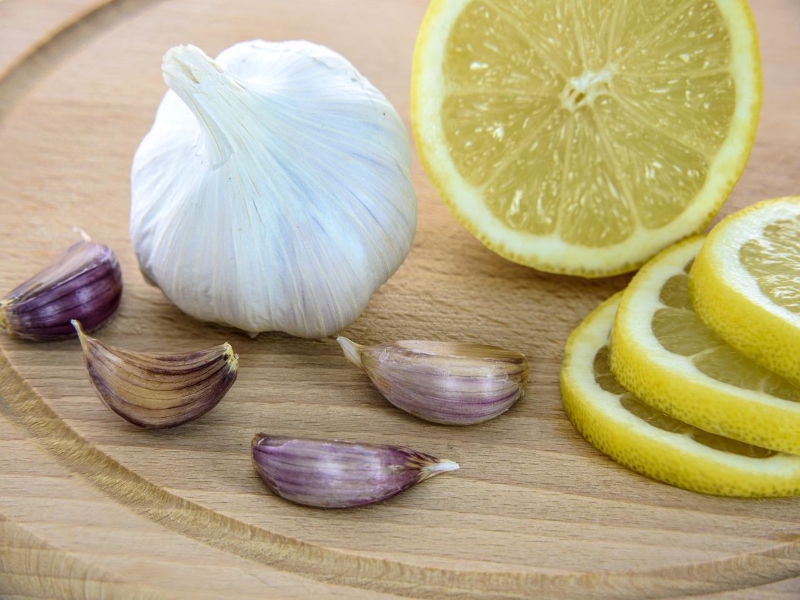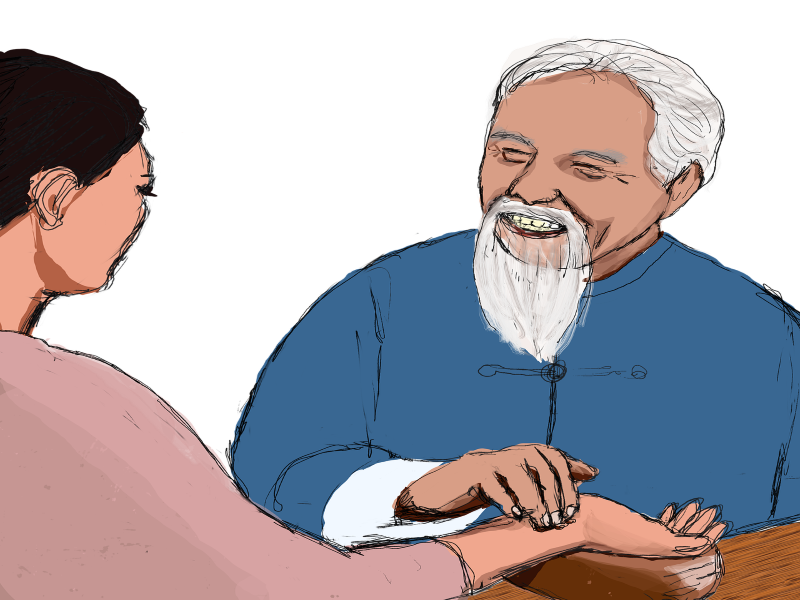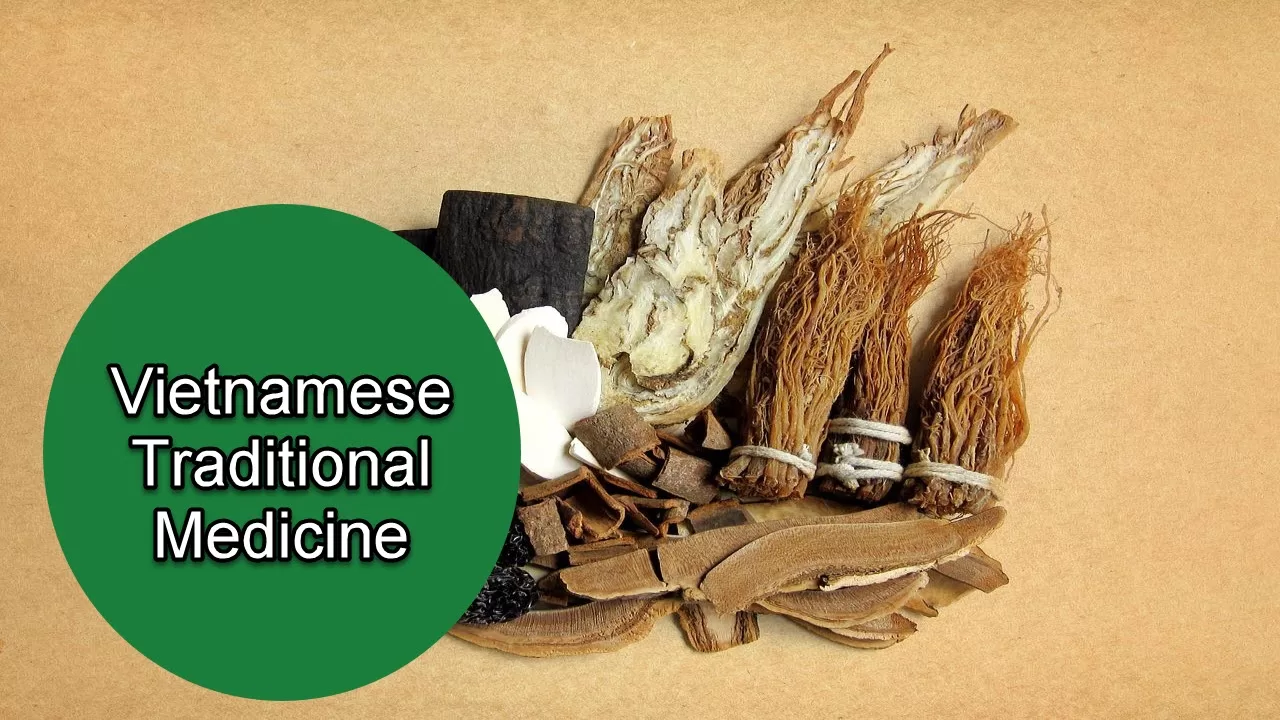Vietnamese Traditional Medicine has grown for hundreds of years and has been largely influenced by Chinese Traditional Medicine, culture, and governance. Because their progress was associated with the Chinese traditional medicine, it is practically impossible to distinguish Traditional Vietnamese Medicine, known as Thu?c Nam (Southern Medicine) from Traditional Chinese Medicine or Thuoc Bac (Northern Medicine) at this point.
This article discusses about the Vietnamese Traditional Medicine. Scroll down and continue reading if you’re interested in learning more about traditional Vietnamese medicine.
Vietnamese Traditional Medicine

What Is Traditional Vietnamese Medicine?
Traditional Vietnamese medicine or Thuoc Nam, commonly known as Southern Herbology, is a type of traditional Vietnamese medicine. Traditional Chinese medicine has impacted it. Traditional Chinese medicine or Trung Y, also known as Northern Herbology (Thuc Bac), is another type of traditional medicine practiced in Vietnam. Thuoc Nam is one of two types of folk medicines known to locals, the other being the traditional exercise duong sinh.
Thuoc Bac (Northern Medicine), Thuoc Nam (Southern Medicine), and Thuoc Tay (Western Medicine) are three medical traditions that coexisted in Vietnam.

History Of Vietnamese Traditional Medicine
The northern Vietnam is where what is known as classical Vietnamese culture began. Even before the 4th or 5th century B.C., the region was closely associated to China and Chinese civilization. Southern China, from the Yangtze River to the northern section of Vietnam, was one vast biological zone at the time. In this rich region, there were other ethnic groups who were not considered Chinese by Northern Chinese. The ‘Yue,’ the Chinese term for Viet, was one of these groups. By the 4th century B.C., China had invaded Northern Vietnam and Southern China.
The roots of Thuoc Nam are unknown. During the Hong Bàng dynasty, the field began to evolve between 2,200 and 2,500 years ago, according to most scholars. According to ancient Chinese records, a system of herbal medicine had been formed in northern Vietnam prior to the Chinese rule in the second century B.C. Medical texts and tools discovered in Northern Vietnam predate Chinese occupation, implying that the Vietnamese people already had a well-developed medical system.
During Battle of Bach Dang River in 938 AD, the Vietnamese won, bringing an end to over 1,100 years of Chinese control. The next thousand years were signficant in the evolution of Thu?c Nam because it was also the arrival of two of the field’s most influential and beloved physicians, Tue Tinh and Hai Thuong Lan Ong.
Referred as the founder of Traditional Vietnamese Medicine, Tue Tinh produced several influential works, including Great Morality in the Art of Medicine, and uses the phrase “the need for Vietnamese to be treated by Vietnamese medicine.”
After 300 years, Hai Thuong Lan Ong appeared. After dozens of years of study, he authored a 66-volume Encyclopedia of Traditional Vietnamese Medicine in the mid-1700s, which is still considered one of the main works on the subject today.
Traditional Vietnamese, Chinese, and practitioners from other ethnic groups began referring to their medicine as Eastern medicine, also known as Oriental Medicine in the 17th century to distinguish it from Western medicine .

Defining Principles Of Traditional Vietnamese Medicine
Traditional Vietnamese medicine varies from traditional Chinese medicine in that it is based entirely on local components that are either utilized fresh or dried. In contrast to Chinese medicine, Vietnamese medicine rarely requires comprehensive decoctions.
Even common herbs and vegetables are utilized, such as rau r?m, kinh gi?i, c?i cúc, rau mu?ng. Magnolia champaca and Jasminum sambac flowers are also used for their medicinal treatment. Silkworms and other animal products are rarely used.
Ointments and poultice, as well as steaming therapy (xông h?i), are also used in addition to consumed formulations.

Methods And Remedies Traditional Vietnamese
Thuoc Nam does not require a lengthy or complicated brewing procedure, not like the traditional Chinese medicine. Instead, various herb mixtures are simply chopped or ground and eaten.
The common cold is treated with a mixture of rice gruel and onion, while fainting spells are treated with garlic. Malaria can be prevented by eating ginger, while tooth decay can be prevented by chewing betel.
The connections between the areas are largely due to shared beliefs. Each is founded on the concept of Qi, or energy. The assumption that energy flows in our bodies in the same manner that water feeds wood, wood produces fire, fire develops earth, and earth creates metal is a theoretical key component.
For thousands of years, these methods and beliefs have been passed down from generation to generation. However, there are indicators that Traditional Vietnamese Medicine has been heavily impacted by Western Medicine since the 19th century.
Traditional Dong Y Or Eastern Medicine Theories
The documented effects of Qi are the foundation of Dong Y theories (energy). Despite the fact that there are various types of Qi (digestive, immune, and mental), they are all linked to the original Source or Essence and Food Qi. Food Qi is taken from food, while Essence is transmitted from our parents. As a result, Qi denotes both potential or stored energy as well as kinetic energy. It’s made up of both matter and energy. Blood is Qi’s total opposite. It is regarded as a nutritious component that transports Qi throughout the body.
The Five Elements, Yin & Yang, and how they interact with people’s inner energy are the foundations of Dong Y.
Rigorous activity, poor diet, and a sedentary lifestyle can all drain one’s Qi. Maintaining ideal health and engaging in exercises like as Qi-gong and Tai-Chi are also known to help collect energy from the environment.
Thuoc Bac Or Northern Medicine
The four-part clinical tests used by Vietnamese Northern Medicine practitioners were ocular inspection, interrogating the patient, auditory perception, and checking his pulses. Listening to the patient cough or even having a taste of the patient’s urine are examples of other methods of examination. In particular, assessing patient’s past medical history or examining him in depth about symptoms often elicited skepticism. A good physician was expected to recognize what was wrong based on objective signs and symptoms and not have to rely on the impressions of the patient.
Thuoc Nam or Southern Medicine
It is almost entirely made up of Vietnamese tropical plants and animals. Regarded as a poor man’s medicine, made primarily from locally available components with minimal processing. The majority of knowledge was passed down unconsciously from generation to generation. As a result, everyone recognized that a common cold could be treated with rice gruel laced with onion and a herbal steam bath under a blanket. Pinching or pricking the forehead could relieve headaches. To suck out aberrant humors, preheated bamboo tubes or small glass cups were applied to the skin. Garlic or soapherry aided some people who were about to pass out, ginger reduced stomach aches, and tangerine rind broth relieved nausea. Fresh tea leaves or guava buds can also help stop diarrhea, and apricot leaves can help with dysentery.
Thuoc Tay
Thuoc Tay was focused with dealing with evil spirits, ideally by keeping them from entering the body at all. They also practice exorcism and thus regain bodily and mental balance. The spirits had many names, and there were numerous ways to cope with them.
Women who were pregnant wear amulets to protect the fetus, and continued into childbirth. They also hang a symbolic notice outside their house to to ward off unwanted visitors, for fear of making the baby sick.
Once a member of the family becomes gravely ill, defense prayers are likely offered to the ancestors, and someone will go to a fortune teller to try to figure out whose spirit was causing the problems. If these methods doesn’t work, Buddhist monks, Taoist priests, sorceresses, and mediums are often called. The patient or a close relative can purify themselves, abstain from meat, and sleep at a temple or pagoda in the hopes of having a dream that disclosed the basis of the problem. Sometimes, they are required to relocate the ancestor’s grave or move to another residence.

